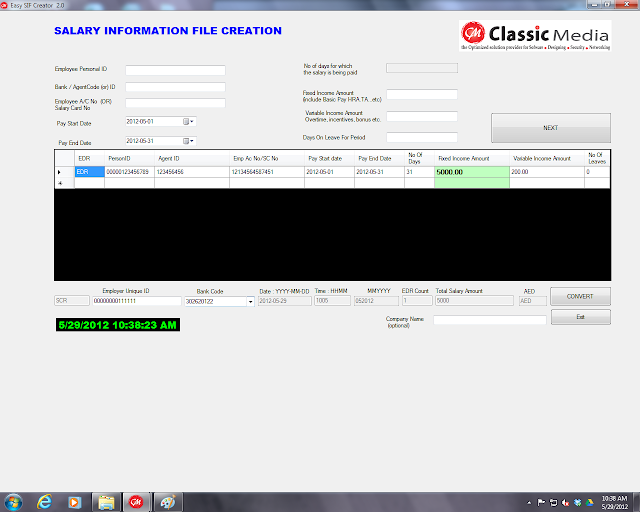Companies use many different systems to pay employees. One such system is a hybrid pay system, where an employee earns an hourly rate as well as a wage for productive tasks. For example, an employee who is paid $4 per hour and additionally $0.10 per box unloaded from a truck. Recent cases discuss how companies that utilize a hybrid pay system should pay their employees a minimum wage for rest periods.
According to a May 8, 2013 decision in Bluford v. Safeway Stores, “rest periods must be separately compensated in a piece-rate system. Rest periods are considered hours worked and must be compensated… A piece-rate compensation formula that does not compensate separately for rest periods does not comply with California minimum wage law.” In other words, earnings for productive tasks cannot be used to subsidize rest breaks.


 When manual data entry of non-analyzable financial or wage data is not an option, OCR software and specialized designed and written computer software data cleaning routines is a good alternative.
When manual data entry of non-analyzable financial or wage data is not an option, OCR software and specialized designed and written computer software data cleaning routines is a good alternative. Some wage and business data is electronic but is not analyzable in the format that it is maintained by the employer or company.
Some wage and business data is electronic but is not analyzable in the format that it is maintained by the employer or company.
 Lost profits arising from the injury of a principal employee or owner require an analysis of the actual and ‘but-for’ revenue of the business entity. The date(s) the alleged economic damage to the business began and end is an obvious stating point in the business damages analysis.
Lost profits arising from the injury of a principal employee or owner require an analysis of the actual and ‘but-for’ revenue of the business entity. The date(s) the alleged economic damage to the business began and end is an obvious stating point in the business damages analysis.